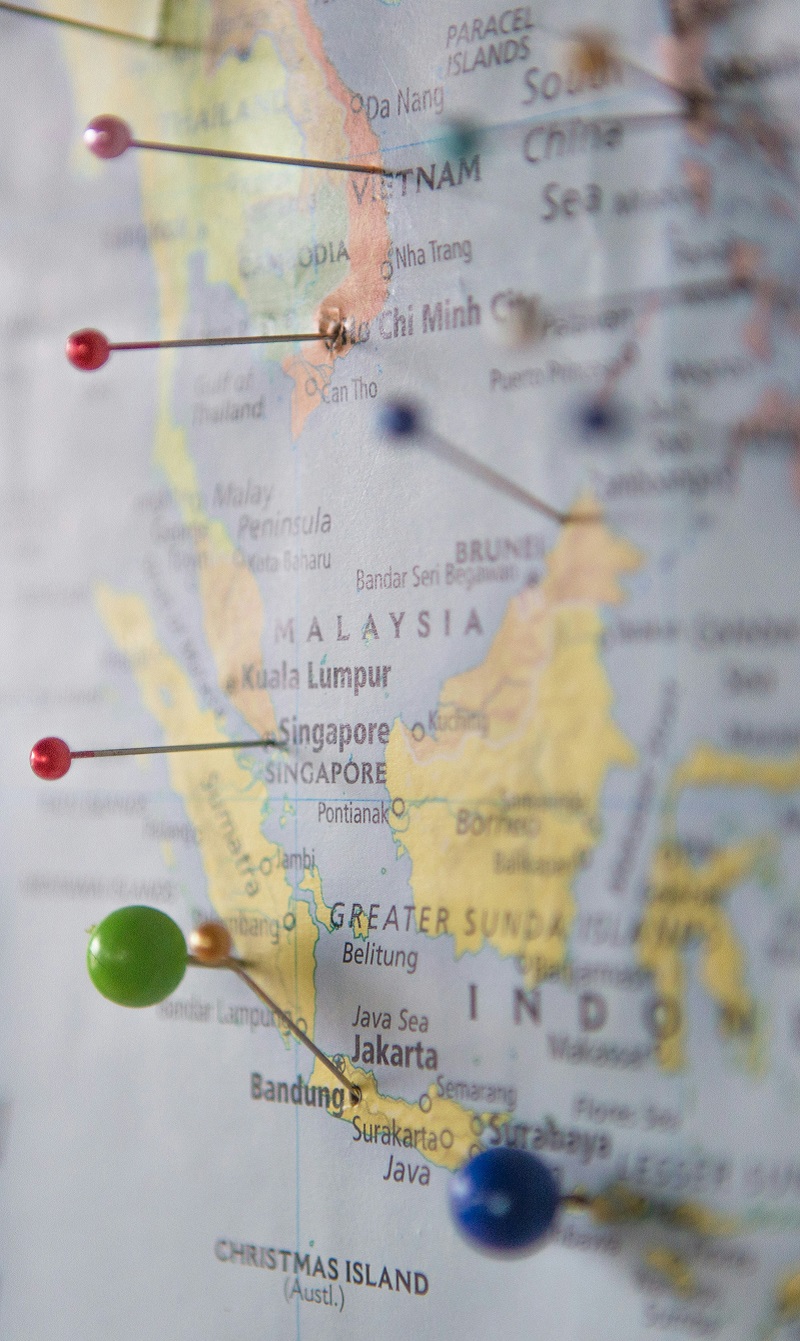How Europe adapts to a circular economy
You’ve heard how linear economy no longer suits the needs of today’s globalised world. Here, the EU ambassador to Malaysia, H.E. Maria Castillo Fernandez, speaks on the circular economy and its adoption in Europe in this part one of two interviews – read part two here.
‘We can no longer build our future on a “take-make-dispose” model,’ says H.E. Maria Castillo Fernandez, EU ambassador to Malaysia. ‘Many natural resources are finite and we need to find an economically sustainable way of using them.’ Procrastination is not an option. The pressure on our natural resources is increasing due to a growing population. ‘The global middle class population will more than double in size to nearly five billion by 2030,’ Mrs Fernandez adds.
It makes economic sense for businesses to make the best possible use of their resources. The European Union (EU) ensures sustainable growth by adopting circular economy. ‘We have to use our resources in a smarter, more sustainable way. The circular model can create secure jobs in Europe, promote innovations, create competitive advantage for EU businesses as well as protect the environment in Europe and beyond,’ says Mrs Fernandez. ‘In particular it’s important to highlight that the positive externalities of European circular policies will benefit countries in Asia as well – global problems such as climate change, marine and air pollution, and environmental degradation, require global solutions.’

Mrs Fernandez answers questions on the circular economy and how EU’s efforts to establish a truly circular economy in Europe are part of the global solution.
How did the implementation of circular economy begin in Europe?
The foundation for the European Union’s Circular Economy Action Plan was laid within the Europe 2020 strategy and the Eco-Innovation Action Plan (EcoAP). Europe 2020 was launched in 2010 to provide 10-year jobs and growth strategy for the EU, to create favourable conditions for ‘smart, sustainable and inclusive growth’. Implementing the Europe 2020 strategy, the European Commission adopted the Roadmap to a Resource Efficient Europe, which outlined ways to increase resource productivity and decouple economic growth from resource use and its environmental impact.
Moreover, the circular transition was already taking place in Europe at that time with several member states, local authorities and businesses introducing circular solutions across many sectors and value chains. The European Commission took the lead in 2015 by taking actions to push circularity even forward. The Circular Economy Action Plan, adopted in December 2015, establishes a concrete and ambitious programme with measures covering the whole cycle – from production and consumption to waste management and the market for secondary raw materials.
Tell us a little more about the EU’s Circular Economy Action Plan
The Action Plan was adopted together with legislative proposals on waste. The proposed actions are contributing to ‘closing the loop’ of product lifecycles through greater recycling and re-use, bringing benefits for both the environment and the economy.
The Action Plan involves member states, regions and municipalities, business communities and citizens. Composed of legislative and non-legislative initiatives, the Action Plan also puts a strong emphasis on ground-level progress, engaging the circular economy stakeholders and creating the right framework for investments and innovation to thrive. The Action Plan, among others, promotes eco-design principles for making products more durable and easier to repair, upgrade or remanufacture.
As part of the holistic approach introduced in the Action Plan, the European Commission presented the revision of the legislative framework on waste, in order to align it with the needs of a circular economy.
What kind of revision?
In April, the European Parliament voted in favour of the proposed new waste legislation – scheduled to be discussed by the Council in May-June [2018]. The new legislation sets out clear long term targets for waste management, reuse and recycling, aiming at making the EU a global leader in waste management and recycling. For municipal waste, the recycling targets are set at 55 per cent in 2025, 60 per cent in 2030 and 65 per cent in 2035 and the landfill reduction target is 10 per cent by 2035. For packaging waste, the overall recycling targets are set at 65 per cent in 2025 and 70 per cent in 2030.
Taking the lead means also creating new Europe-wide initiatives where there were none – the first ever European Strategy for Plastics. It was adopted in January [2018] in the context of the 2018 Circular Economy Package and presents a vision for a smart, innovative and sustainable plastics industry, with reuse and recycling fully integrated into production, to bring growth, jobs and added value in Europe. We aim at having all plastic packaging reusable or recyclable by 2030. We’ll achieve such ambitious target by stimulating design for circularity, boosting recycled content and encouraging separate waste collection.
What are the challenges Europe face adapting to a circular economy?
The five priority areas identified in the Circular Economy Action Plan are: plastics, critical raw materials, food waste, biomass and bio-based products, and construction as well as demolition waste. Such priorities imply, of course, that the European Commission considers them instrumental and strategic to achieving more circularity in Europe.
The EU faces increasing demands of natural resources – to this extent, we face similar challenges if compared with other international partners. Getting maximum value from resources requires action at all stages of the lifecycle of products, from the extraction of raw materials to product design, production and distribution of goods and through increased use of secondary raw materials. So, we’ll need to secure the buy-in from all actors at all stages if we’re to achieve a circular economy.
Other challenges include:
– Controlling life cycles efficiently: this requires integrating the entire product lifecycle from raw material extraction to disposal (with multiple reuse and recycling)
– Making linked industries resilient: many industries will see their waste being used as a resource by other industries
– Keeping the environment and social considerations at the heart of the circular economy agenda
How does Europe finance a circular economy?
We’re well aware that funding and financing the circular economy transition is crucial to reinforce the circular trends we’re already experiencing in Europe. The EU supports the transition towards a more circular economy via several EU funding programmes. For example, I’d like to mention the Horizon 2020 initiative on ‘Industry 2020 in the Circular Economy’ (with a budget of EUR650 million).
Other EU funds involved in supporting and shaping the European transition are the European Structural and Investment Funds which implement the Cohesion Policy; the European Fund for Strategic Investments (EFSI) which was extended until 2020, focusing more on investments to meet the Paris Agreement targets and help the transition to a circular and zero carbon economy; and the LIFE programme.
Furthermore, the European Commission is also supporting the transition towards a more sustainable model in other regions. In 2007, it launched the initiative SWITCH-Asia. SWITCH Asia promotes Sustainable Consumption and Production among consumers, SMEs as well as Asian policy makers in 15 Asian countries including China, India, Bangladesh and the Maldives. The overall budget for the period of 2007 – 2020 is more than EUR300 million.
Last words
‘I’d also like to add that in the context of the Circular Economy Action Plan, the European Commission established the Circular Economy Finance Support platform, to increase awareness of the circular economy business logic and improve the uptake of circular economy projects by investors. The Circular Economy Finance Support Platform is expected to enhance the link between existing instruments, such as the European Fund for Strategic Investments (EFSI) and the InnovFin,’ Mrs Fernandez concludes the *first part of her interview on the circular economy.
___________________
*Read the second part of Her Excellency Maria Castillo Fernandez’s interview concluding on Europe’s adoption of circular economy and touching on the circular economy in Asia.
Photo Credit: Slava Bowman





